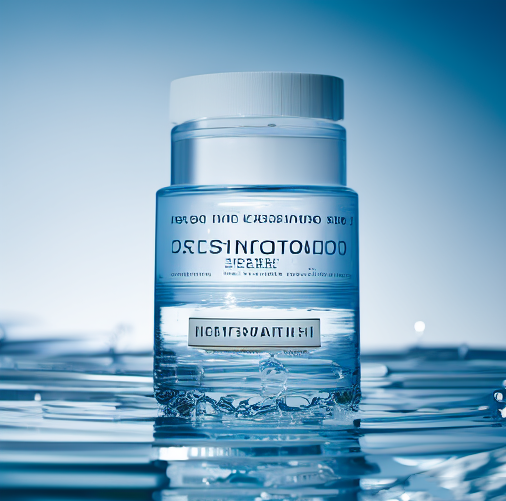Product Advantage:
1. High Efficiency: Our system utilizes reverse osmosis technology to remove up to 99% of impurities, ensuring the production of high-quality water for industrial applications.
2. Cost-effective Solution: By eliminating the need for expensive bottled water or alternative purification methods, our system offers a cost-effective solution for industrial water treatment.
3. Easy Maintenance: With user-friendly controls and accessible filters, our system is designed for easy maintenance, minimizing downtime and maximizing productivity.
4. Customizable Options: We offer customizable options to meet specific industrial requirements, ensuring optimal performance and efficiency.
5. Long-lasting Performance: Built with durable materials and advanced technology, our Reverse Osmosis Purification System ensures long-lasting performance and reliability in industrial environments.
Technical Parameters:
model | Water yield
T/H | Electric power
KW | Recovery
% | Primary effluent conductivity us/cm | Secondary effluent conductivity us/cm | EDI effluent conductivity us/cm | Raw water conductivity
us/cm |
RO500 | 0.5 | 0.75 | 55-75 | ≤10 | 2-3 | ≤0.5 | ≤300 |
RO1000 | 1.0 | 2.2 | 55-75 | ≤10 | 2-3 | ≤0.5 | ≤300 |
RO2000 | 2.0 | 4.0 | 55-75 | ≤10 | 2-3 | ≤0.5 | ≤300 |
RO3000 | 3.0 | 5.5 | 55-75 | ≤10 | 2-3 | ≤0.5 | ≤300 |
RO5000 | 5.0 | 7.5 | 55-75 | ≤10 | 2-3 | ≤0.5 | ≤300 |
RO6000 | 6.0 | 7.5 | 55-75 | ≤10 | 2-3 | ≤0.5 | ≤300 |
RO10000 | 10.0 | 11 | 55-75 | ≤10 | 2-3 | ≤0.5 | ≤300 |
RO20000 | 20.0 | 15 | 55-75 | ≤10 | 2-3 | ≤0.5 | ≤300 |
Product Uses:
1. Bottled Water Production: Our system is ideal for producing purified water for bottling plants, ensuring the highest quality and taste of bottled water.
2. Pharmaceutical Industry: The system is widely used in pharmaceutical manufacturing, providing purified water that meets the stringent requirements of drug production processes.
3. Food and Beverage Processing: Our system is utilized in food and beverage processing facilities to remove impurities and contaminants, ensuring safe and clean water for production processes.
4. Power Plants: The system is employed in power generation plants, providing purified water for boiler feedwater, cooling towers, and other critical applications.
5. Semiconductor Manufacturing: Our system supplies ultra-pure water for semiconductor manufacturing, preventing contaminants that could damage sensitive components and ensuring product reliability.

Product Operate Guide:
1. Pre-Installation Check: Ensure all components are included and intact, and review the installation instructions thoroughly.
2. System Connection: Connect the system to the water source and follow the provided guidelines for proper plumbing connections.
3. System Start-up: Open the water supply valve, allow the system to fill with water, and check for any leaks or abnormalities.
4. Regular Maintenance: Follow the recommended maintenance schedule, including filter replacements and system cleaning, to ensure optimal performance.
5. Troubleshooting: Refer to the troubleshooting guide in the user manual for common issues and solutions, or contact our customer support for assistance.
FAQ:
Q: How often should I replace the filters in the system?
A: Filter replacement frequency depends on water quality and usage. Generally, pre-filters need replacement every 6-12 months, while the RO membrane requires replacement every 2-3 years.
Q: Can the system remove minerals from the water?
A: Yes, the reverse osmosis process effectively removes minerals, ensuring purified water. However, some essential minerals can be added back through remineralization filters if desired.
Q: Is it necessary to have a storage tank with the system?
A: Yes, a storage tank is recommended to ensure a continuous supply of purified water. The tank capacity can be chosen based on your usage requirements.
Q: Can the system be used with well water?
A: Yes, our reverse osmosis system can be used with well water. However, it is important to test the water quality and consider additional pre-treatment if necessary.
Q: How much water is wasted during the purification process?
A: The amount of water wasted depends on the system and water conditions. On average, for every gallon of purified water, 2-4 gallons may be wasted. Consider water-saving options like permeate pumps to reduce waste.




























